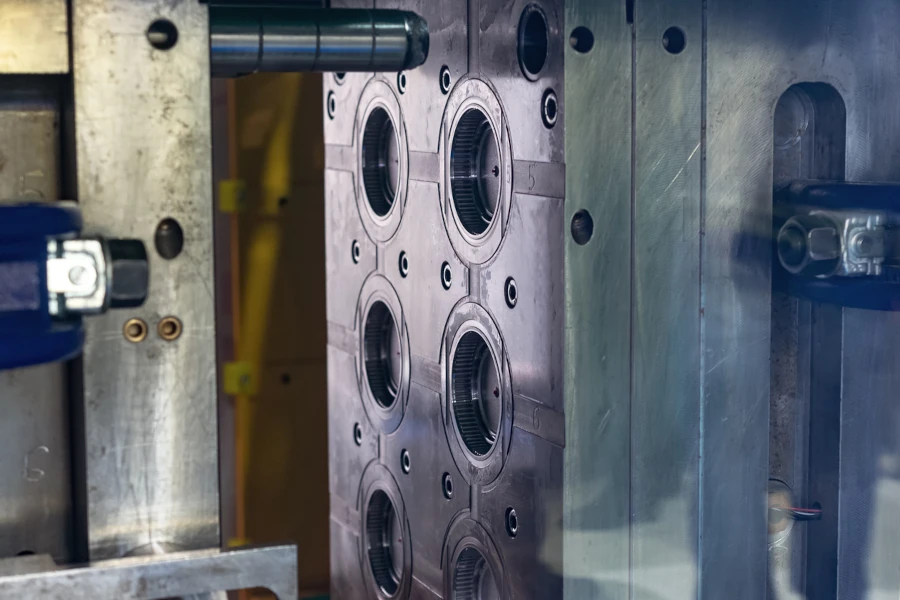
Metal Injection Molding vs. Machining: When MIM is Best
If you’re looking for the best manufacturing method for your next project and you’re torn between metal injection molding (MIM) or subtractive machining methods, you’re in the right place. Here, we give you a basic overview of the MIM and traditional machining processes, along with instances where MIM is your best option:
Metal Injection Molding
Metal Injection Molding (MIM) is a fast and efficient way to produce high volumes of metal parts. It’s considered a green method because it greatly reduces the amount of metal material wasted when compared to other molding methods.
Parts and pieces created via the MIM manufacturing process are strong and the method allows for a level of unique and complicated design qualities. Additionally, MIM has the ability to combine multiple components into a single mold whereas other methods involve creating individual pieces that then need to be assembled together. Cutting out assembly time has great cost savings and can actually make a stronger product because there are fewer moving and/or soldered pieces.
Traditional Machining (Subtractive Methods)
Machining, on the other hand, is a subtractive method where material is removed to create a specific part. Machining typically uses tools like lathes, grinders, mills, rotary cutting tools, and drill presses to make specific cuts.
While both methods can be beneficial, it's important to know when to use metal injection molding to outshines the more traditional machining method:
When MIM is Best
MIM is an ideal option when considering the following aspects of your project:
Materials/Material Properties
If you want the capability to use a wide range of materials, then MIM method is an excellent option. Popular metals are stainless steel, tungsten, and copper alloy, but titanium alloys and other precious metals can also be molded using this technique. Specific metals that are also able to withstand high temperatures and corrosion can also be used with MIM.
Part Size
MIM is the recommended method for metal pieces and parts under 100 grams and is an extremely effective method for pieces and parts under 40 grams. Machining cannot produce the level of small and intricately detailed pieces and parts at the same level (or rate as you’ll see below).
Tight Tolerances
The MIM method can handle tight geometric tolerances to ±0.5%. This is not only critical when producing large amounts of metal components, but ensures the most accurate design specifications have been met.
High Production Volumes
Not only does MIM allow for high-quality metal components to be molded to precise specifications, it’s also efficient at high volumes. This can directly affect the time from part conceptualization to production. For example, if your cycle time decreases by 5% using MIM, your productivity increases by 5%.
Complex Geometries
The molding process also allows for specific sets of design elements to be included, so MIM is able to handle manufacturing metal components with complex designs. These might include more intricate angles, a variety of depths, or just the overall design.
MIM: Reliable, Repeatable, Efficient
With ongoing advancements in technology, we believe the world of MIM is just going to become more competitive, especially compared to more traditional methods like machining. The quality of materials produced can be comparable, but MIM wins out hands down in terms of quantity produced.
If you’d like to learn more about MIM, visit our blog.
